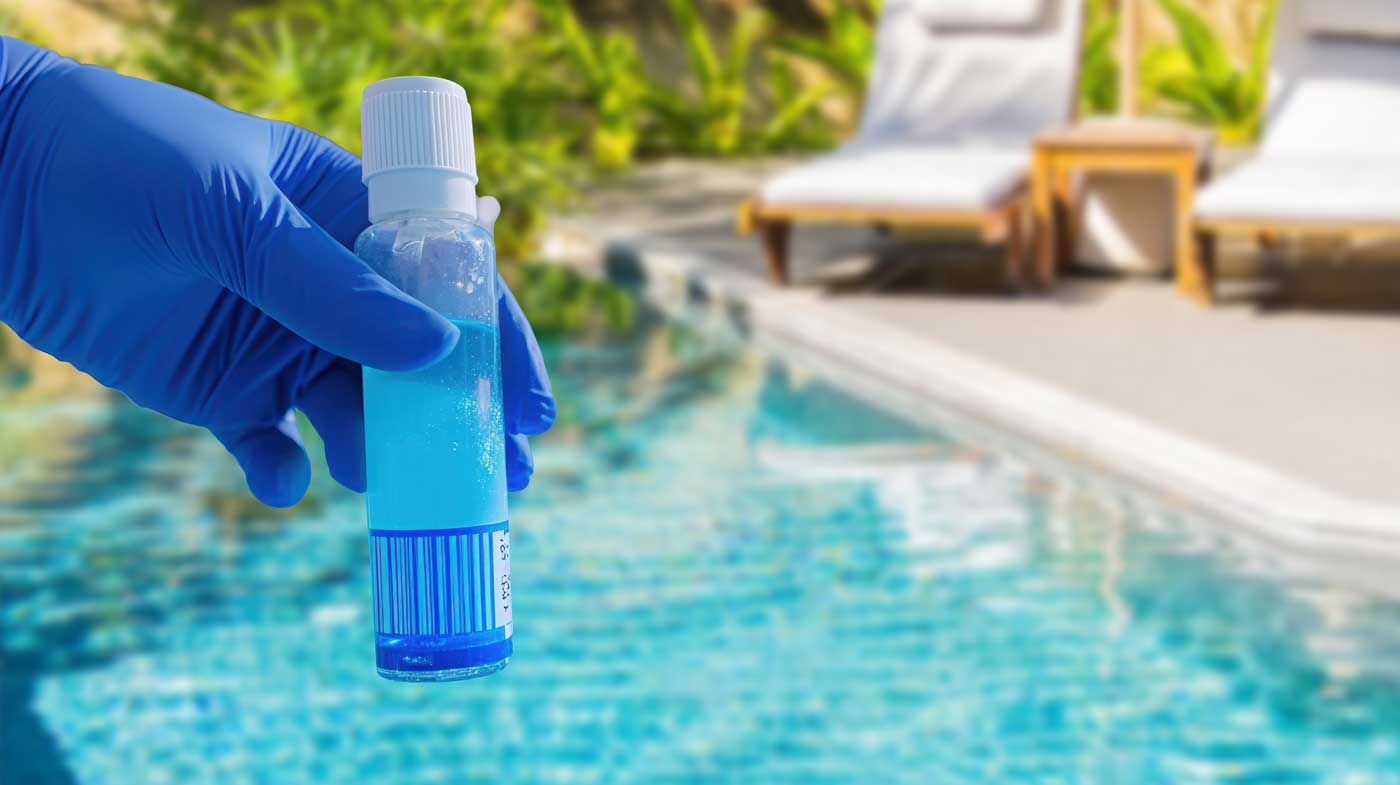Also, warranties can be voided if improper water chemistry is determined to be the reason…
Given the current state of the economy, it is not surprising that more and more AutoPilot customers have come to us with questions about lowering their swimming pool chlorination costs. So, to answer these questions and to address the subject for other curious swimming pool owners, in this article, we offer four ways to lower a swimming pool’s chlorination costs.
1. Lower your swimming pool water temperature
Cooler swimming pool water temperatures contribute to lower chlorination costs in two major ways. Firstly, contaminants like algae and bacteria thrive in warmer water, so by lowering your swimming pool water temperature, you can reduce your swimming pool’s contaminants and therefore reduce the amount of chlorine it requires.
Secondly, temperature affects the speed at which chemical reactions occur. Chlorine reacts more quickly with contaminants (and therefore breaks down more quickly) in warmer swimming pool water than in cooler swimming pool water. By lowering your swimming pool water temperature, you can effectively preserve the chlorine in your swimming pool.
For a heated pool, lower your heater thermostat. For a non-heated pool, water temperatures can be lowered by using aerating jets/fountains, running through solar panels at nighttime, or installing a pool chiller.
2. Install an ozone system
Ozone, an unstable, inorganic gas, can be used as an effective swimming pool sanitizer because it is a power oxidizer. One of the greatest benefits an ozone generator offers is its ability to sanitize by using a naturally-occurring resource (oxygen). Though an ozone generator alone cannot sufficiently sanitize a swimming pool, it greatly reduces the need for additional sanitizers like chlorine. To read more about ozone generators, click here.
3. Add cyanuric acid to your swimming pool water exposed to sunlight
Cyanuric acid, more commonly known as stabilizer, is a weak acid that, when added to your swimming pool, prevents the decomposition of chlorine. Cyanuric acid works by forming a weak bond with the free chlorine in your swimming pool to protect it from the sun’s ultraviolet rays.
By maintaining proper levels of cyanuric acid in your swimming pool (its concentration should measure between 60 – 80 ppm, (30 and 50 ppm if an ORP controller is used)), you can reduce the amount of chlorine needed each swimming season. You should add stabilizer to your swimming pool at the start of each year’s swimming season, and as needed.
4. Install a salt chlorine generator
As its name may suggest, a salt chlorine generator sanitizes swimming pool water by creating chlorine from ordinary table salt. The main benefit a salt chlorine generator offers is its ability to recycle salt. When chlorine is generated through a process called electrolysis, it breaks down further into hypochlorous acid and hypochlorite ions, which are sanitizers. After the hypochlorous acid and hypochlorite ions neutralize the contaminants in swimming pool water, they revert back to salt, only to be broken down into chlorine once more.
To learn more about the process of electrolysis as it relates to salt chlorine generation, click here, and to learn more about the benefits and drawbacks of salt chlorine generators, click here.
By taking advantage of one, some, or all of these recommendations, you should begin to see significant savings in your swimming pool chlorination costs. We at AutoPilot thank you for reading and welcome any questions or comments you may have!


This Post Has One Comment